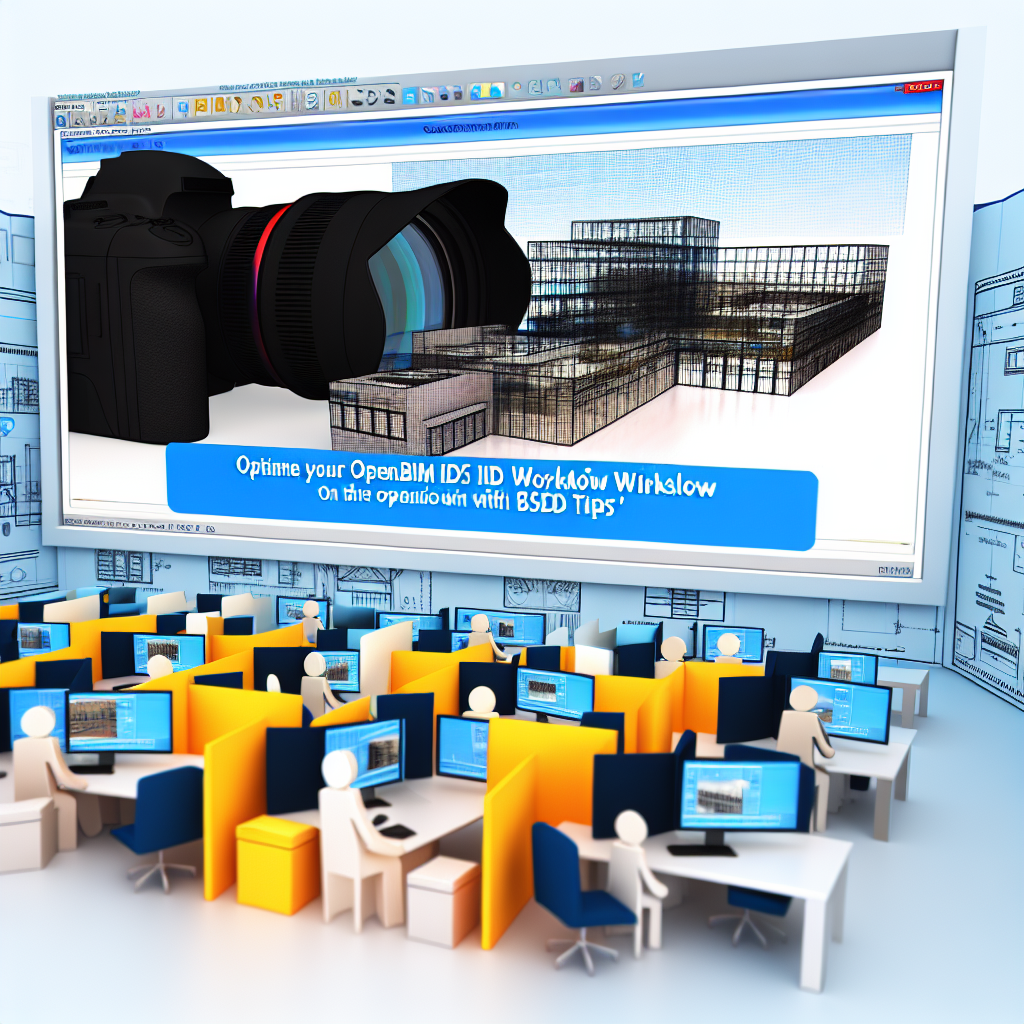BuildingSMART IDS workflow using bSDD (BuildingSMART Data Dictionary) provides a standardized, efficient approach to managing and exchanging building information across various BIM platforms. Implementing this workflow enhances data consistency, interoperability, and project collaboration. In this article, we will explore practical openBIM tips to optimize the IDS process with bSDD.
Understanding the BuildingSMART IDS Workflow and the Role of bSDD
The **buildingSMART Industry Foundation Classes (IFC) Data Schema (IDS)** workflow is designed to streamline the exchange and management of building data throughout the project lifecycle. Incorporating bSDD into this process further amplifies its benefits by providing a structured vocabulary and catalog of building elements, definitions, and classifications that promote **interoperability** and **data accuracy**. By leveraging bSDD, project teams ensure consistent terminology and data standards, which reduces errors and rework.
In practice, the workflow involves several key steps: initial data gathering, classification, and detailed exchange of information. The **bSDD acts as a central reference point**, enabling users to assign standardized data labels, verify data integrity, and facilitate cross-team communication. This alignment simplifies the integration of multiple BIM models, streamlines collaboration, and creates a robust foundation for compliance and asset management.
Implementing a **practical openBIM approach** with bSDD means adopting workflows that are adaptable, scalable, and transparent. It involves integrating data dictionaries into BIM software, establishing clear protocols for data annotation and validation, and continuously updating classifications to reflect project developments. This structured approach ultimately leads to a more coordinated project delivery and optimized lifecycle management.
Practical Tips for Building an Effective openBIM IDS Workflow Using bSDD
- Start with a comprehensive bSDD setup: Develop a tailored data dictionary that reflects the specific project requirements and ensures all stakeholders use consistent terminology. Utilize existing standards and extend them where necessary.
- Integrate bSDD with BIM software: Leverage compatible tools that support openBIM standards and allow for seamless import, export, and updating of bSDD data. This can include plugins or custom scripts to embed dictionary references directly within model elements.
- Establish clear data governance protocols: Define roles, responsibilities, and workflows for data entry, validation, and updates to maintain data quality across all project phases. Regular audits and updates to the data dictionary are crucial for ongoing consistency.
- Automate classification and data validation processes: Use scripting and modeling tools to automate tagging, classification, and validation tasks. This reduces manual errors and speeds up data exchange processes.
- Foster collaboration and continuous learning: Organize training sessions and workshops around bSDD standards and openBIM workflows. Promoting a collaborative environment ensures stakeholders understand the value of standardized data and actively contribute to its accuracy.
- Document and review workflows regularly: Keep detailed records of procedures, updates, and lessons learned to refine the openBIM IDS process systematically. Feedback loops help improve the workflow over time.
By following these tips, project teams can realize an efficient, interoperable, and future-proof IDS workflow grounded in the practical use of bSDD and openBIM standards. The key lies in integrating structured data management with collaborative practices, ensuring all project data remains reliable and accessible.
Conclusion
Implementing a buildingSMART IDS workflow using bSDD enhances data interoperability, accuracy, and efficiency from design through asset management. By understanding the role of bSDD and applying practical tips such as integrating tools, establishing governance, and promoting collaboration, teams can optimize their openBIM processes. Ultimately, this approach leads to more coordinated projects and sustainable outcomes.
